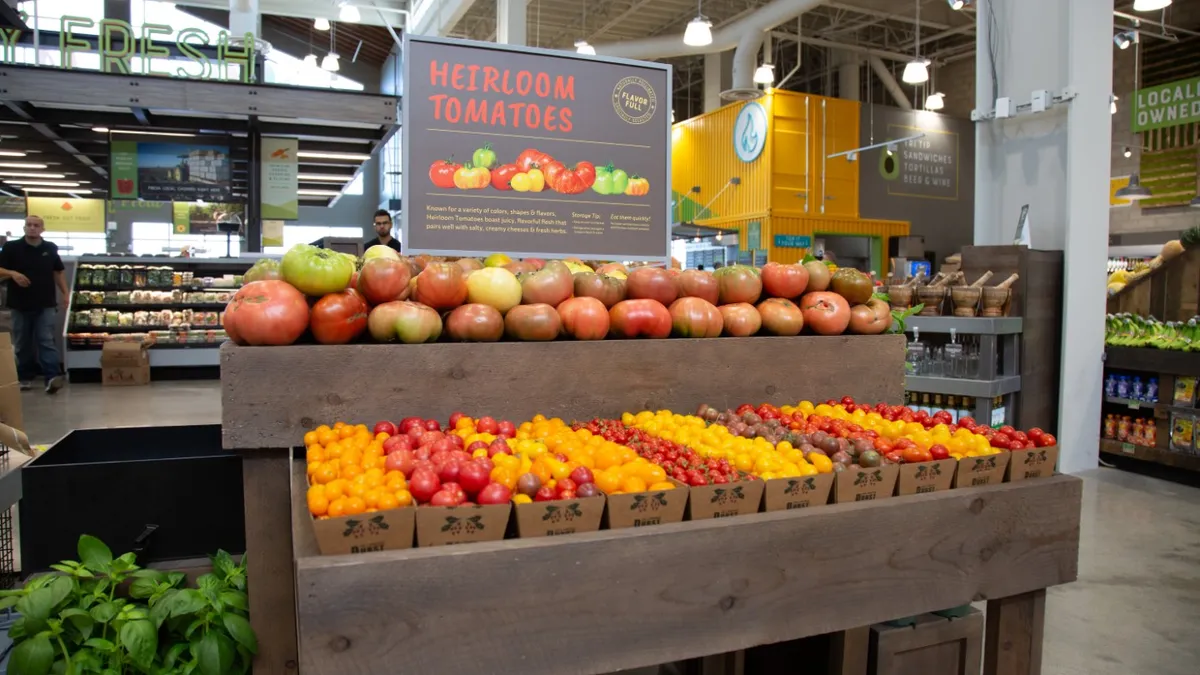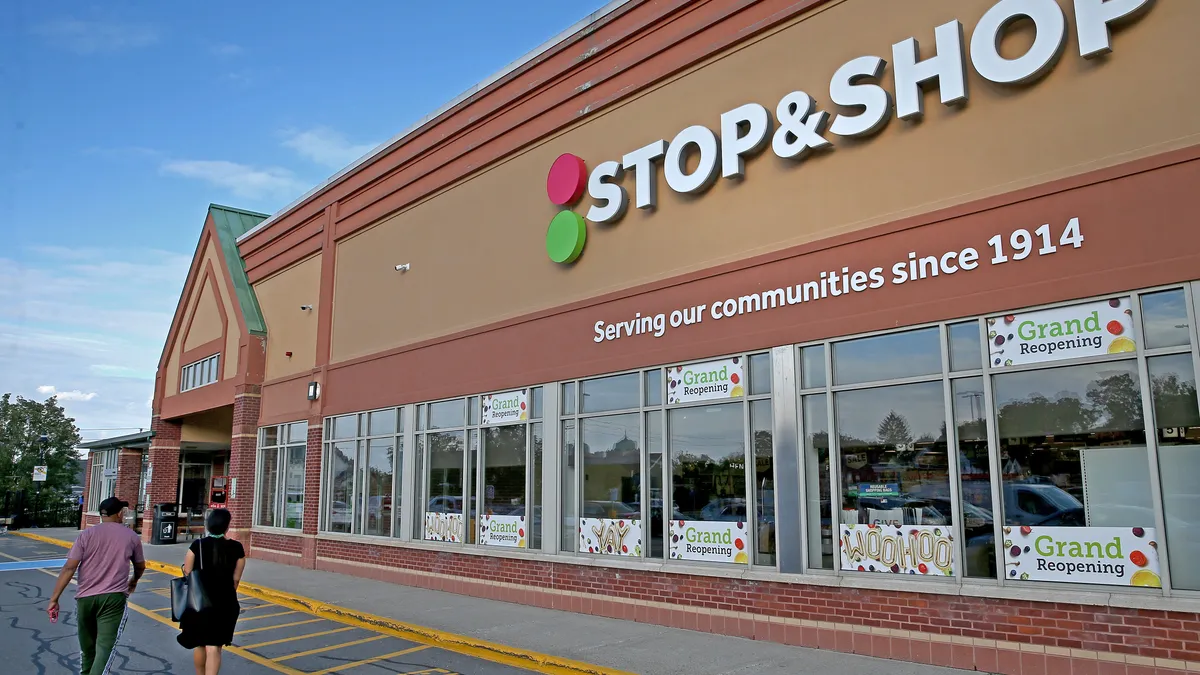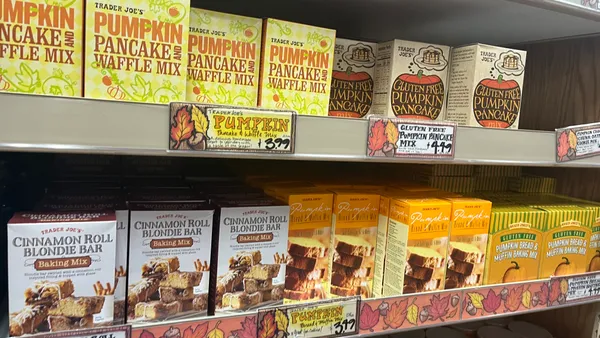Dive Brief:
- More than half of consumers spend up to 30% of their average monthly grocery budget on fresh food, according to Deloitte’s Future of Fresh Study. The firm polled both consumers and fresh food industry executives to obtain insights on shoppers, manufacturers and retailers.
- Two-thirds of consumers have increased their spending in the fresh category in the last year, the survey found. When purchasing perishable food, 58% of shoppers consider sustainability like local sourcing and recyclable packaging. About 92% of people cite cost as an important factor in their fresh purchasing decisions.
- Among retailers, spoilage of fresh foods is a challenge for 32% of respondents, while product pricing (16%) and shelf life (15%) are also an issue. Storage is a concern for 20% of manufacturers and 24% of retailers.
Dive Insight:
Consumers have become more active in their pursuit of healthier foods, with 80% reporting they seek healthier versions of the food they purchase, according to Deloitte. Seventy-seven say they avoid preservatives and chemicals in their food.
But the growth in fresh has presented some challenges for retailers and manufacturers. The survey found that while consumer demand for the category continues to grow and retailers dedicate more shelf space to it, overall food sales are outpacing the growth in fresh food sales. Twenty-five percent said quality control of raw materials on factory floors is a challenge. Processing (20%) and procurement of raw materials (13%) were also cited.
In a statement, Deloitte’s vice chairman and U.S. consumer products leader Barb Renner said retailers should better understand and centralize management of the fresh food category to help address sales growth and tap into the full potential of the category.
Technology can aid companies in addressing some of these issues, but few companies are using it. Just 38% have implemented some type of artificial intelligence system to monitor fresh food, and 9% report using big data and analytics to identify insights and trends. Only 4% use blockchain to track fresh foods through the supply chain. A lack of time and skilled workers are the key reasons companies aren’t using technology more widely.













